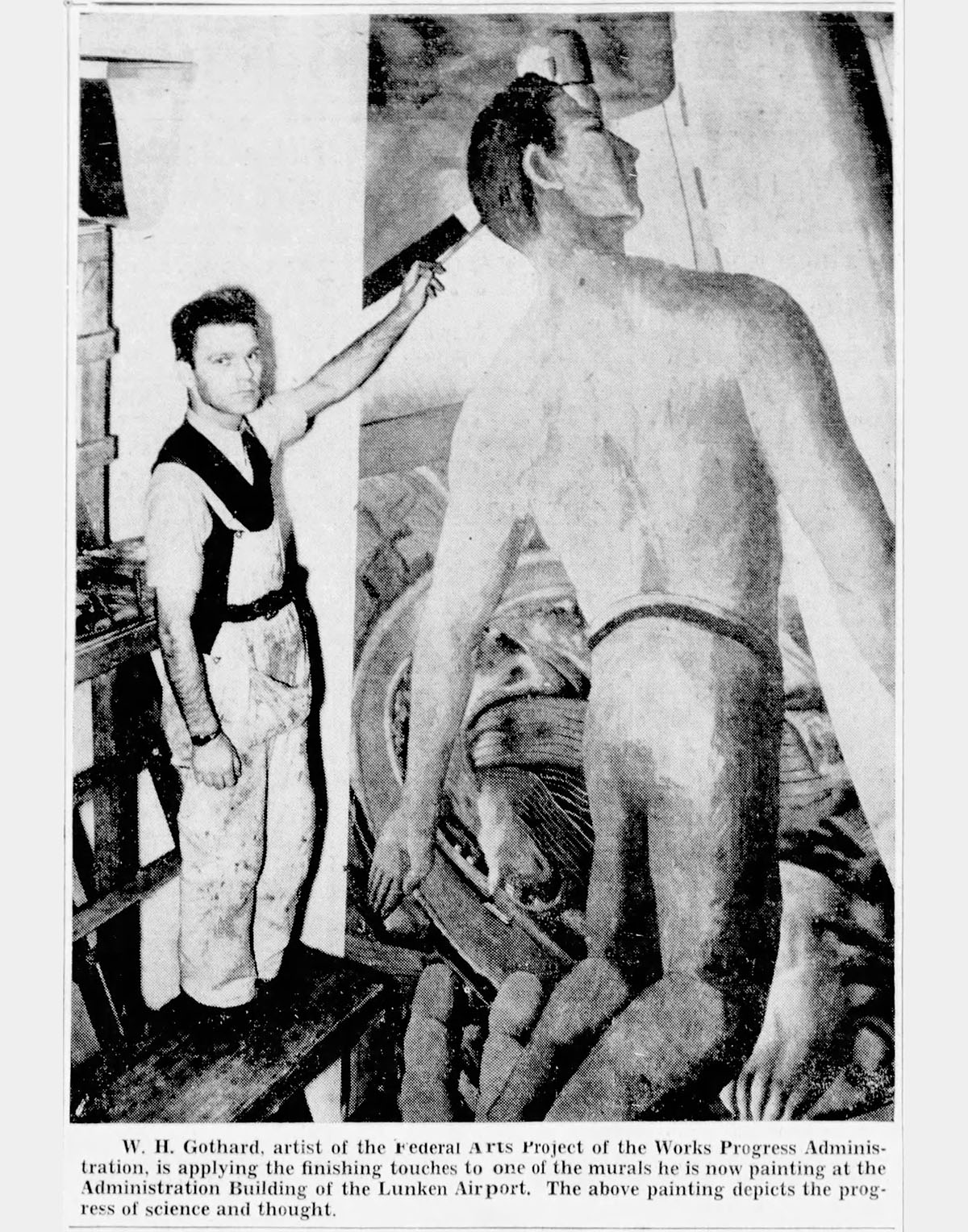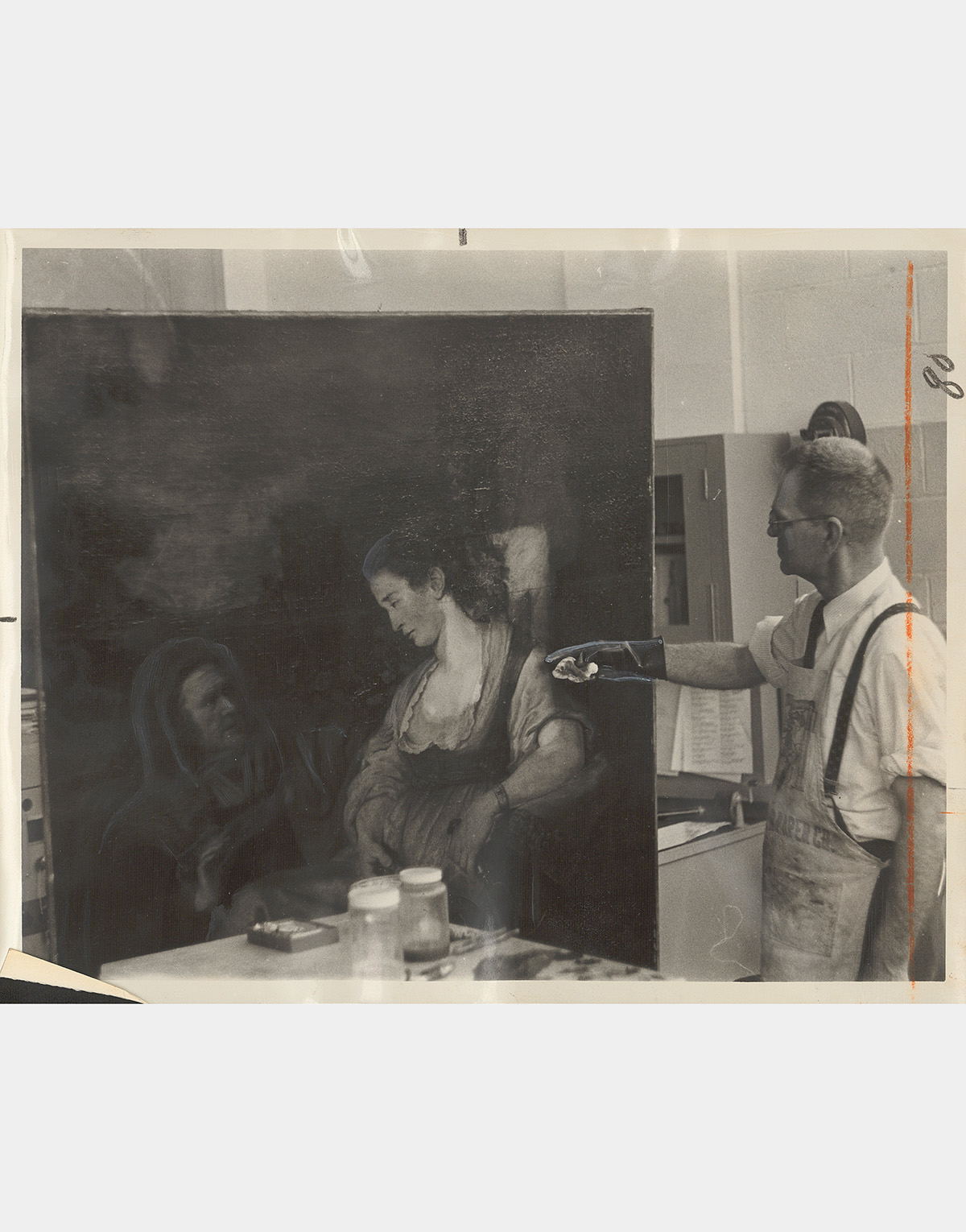- Events & Programs Home
- Calendar
- Accessibility
- Adults
-
Families & Teens
- Families & Teens Home
- 10x10 Teen Art Expo
- Art on the Rise
- Art Together: Art Making for Families with Children Ages 3–5
- Babies Sing with May Festival Minis
- Boy Scouts / Girl Scouts
- CAM Kids Day
- Family Storytime and Gallery Walk
- Family Studio: Art Making for Families with Children Ages 6–12
- Games in the Galleries
- Members-Only Baby Tours
- Public Baby Tours
- REC Reads
- Rosenthal Education Center (REC)
- Saturday Morning Art Class
- See Play Learn Kits
- Summer Camp
- Teen Fest: Zine and Comic Exchange
- RECreate
- Teachers
- Community Outreach
- Fundraisers
- Plan Your Own Event

- Events & Programs Home
- Calendar
- Accessibility
- Adults
-
Families & Teens
- Families & Teens Home
- 10x10 Teen Art Expo
- Art on the Rise
- Art Together: Art Making for Families with Children Ages 3–5
- Babies Sing with May Festival Minis
- Boy Scouts / Girl Scouts
- CAM Kids Day
- Family Storytime and Gallery Walk
- Family Studio: Art Making for Families with Children Ages 6–12
- Games in the Galleries
- Members-Only Baby Tours
- Public Baby Tours
- REC Reads
- Rosenthal Education Center (REC)
- Saturday Morning Art Class
- See Play Learn Kits
- Summer Camp
- Teen Fest: Zine and Comic Exchange
- RECreate
- Teachers
- Community Outreach
- Fundraisers
- Plan Your Own Event
Blog: CAM Uncovered
Blog: CAM Uncovered
- Home
- Plan Your Visit
- Art
-
Events & Programs
- Events & Programs Home
- Calendar
- Accessibility
- Adults
-
Families & Teens
- Families & Teens Home
- 10x10 Teen Art Expo
- Art on the Rise
- Art Together: Art Making for Families with Children Ages 3–5
- Babies Sing with May Festival Minis
- Boy Scouts / Girl Scouts
- CAM Kids Day
- Family Storytime and Gallery Walk
- Family Studio: Art Making for Families with Children Ages 6–12
- Games in the Galleries
- Members-Only Baby Tours
- Public Baby Tours
- REC Reads
- Rosenthal Education Center (REC)
- Saturday Morning Art Class
- See Play Learn Kits
- Summer Camp
- Teen Fest: Zine and Comic Exchange
- RECreate
- Teachers
- Community Outreach
- Fundraisers
- Plan Your Own Event
- Give & Join
- About
- Tickets
- Calendar
- Exhibitions
- Collections
- Blog
- Shop
Lunken’s Forgotten Murals and the Artist Who Created Them
by Franck Mercurio, Publications Editor
12/23/2024
WPA , Art Deco , CAMConservation , murals
In December 1937, the Cincinnati Enquirer interviewed William “Harry” Gothard (1908–1968), a 29-year-old artist and art conservator, as he painted the final touches on two murals created for Lunken Airport’s newly constructed Administration building.
Reaching this point had proved a rough journey! In January 1937, the Ohio River overflowed its banks, cresting at nearly 80 feet—25 feet above flood stage—flooding Lunken’s runways, inundating the new terminal, and destroying its interiors. The devasting event led to the airport’s nickname, “Sunken Lunken.”
Luckily, Gothard painted the murals (each 16 x 6.5 feet) off-site and later installed the giant canvases after the flood waters receded and the structure dried out. Created as part of the Works Progress Administration (WPA), the untitled paintings depict "man weighed down by gravity" and "man up lifted by flight.” The works serve as classic examples of New Deal art, incorporating pictorial references of the local scene, including Cincinnati’s geography, landmarks, and history.
As Gothard painted other murals for the WPA, he annually exhibited smaller works at the Cincinnati Art Museum with nine Cincinnati-based artists known as the New Group. In addition to Gothard, members included Meyer Abel, Paul Craft, Edward Firn, William Gebhardt, Leo Murphy, Olga Mohr, Mathias J. Noheimer, and Richard Zoellner. “This is a group of young moderns,” wrote the Cincinnati Enquirer in 1935, “who have come to the fore during the last few years [as] the Art Museum has been sponsoring their work.”
Gothard later transitioned from making art to conserving it. He led CAM’s conservation efforts as its official conservator for more than 20 years, becoming internationally known as a pioneer in using infrared technology in the conservation of art.
Today, Gothard’s murals sit inside Lunken’s empty terminal building. Closed since 2022, the city-owned structure is no longer accessible to the public; its popular Sky Galley restaurant remains shuttered. What, then, is next for these nearly 90-year-old murals?
UPDATE:
According to an article published in The Cincinnati Enquirer (6/11/2025), Covington-based developer Salyers Group will begin construction of a boutique hotel and event center with the renovated Lunken administration building at its heart. Inside sources say the Gothard murals will remain in place and serve as focal points of the redevelopment project. Stay tuned as the story continues to unfold!

William Harry Gothard, Lunken Airport murals, 1937, “man weighed down by gravity" (left) and "man up lifted by flight” (right)
Photo credit: Cincinnati Municipal Airport – Lunken Field

Lunken Airport murals (William “Harry” Gothard, 1937) inside Lunken’s terminal building
Photocredit: visitcincy.com

Harry Gothard puts finishing touches on Lunken Airport murals, 1937.
Photo credit: “Murals Depict Triumph of Air Over the Earth,” Cincinnati Post, 27 Dec 1937, p 10.

Lunken Airport Terminal Building (Kruckemeyer & Strong architects, 1937) as it looks today, currently closed.

Lunken Airport and American Airlines “Flagship Cincinnati,” vintage postcard circa 1940.

Harry Gothard in his role as the Cincinnati Art Museum’s official conservator, 1960s.
Photo credit: Cincinnati Art Museum Library & Archives

Harry Gothard restores Vertumnus and Pomona (1644), a painting by Dutch artist Ferdinand Hol (1616–1680), inside the museum’s conservation lab in 1962.
Related Blog Posts


Cincinnati, OH 45202
Toll Free: 1 (877) 472-4226
Museum Hours
Museum Shop
Terrace Café
Library
Cincinnati Art Museum is supported by the tens of thousands of people who give generously to the annual ArtsWave Campaign, the region's primary source for arts funding.

Free general admission to the Cincinnati Art Museum is made possible by a gift from the Rosenthal Family Foundation. Exhibition pricing may vary. Parking at the Cincinnati Art Museum is free.
Generous support for our extended Thursday hours is provided by Art Bridges Foundation’s Access for All program.

General operating support provided by:




